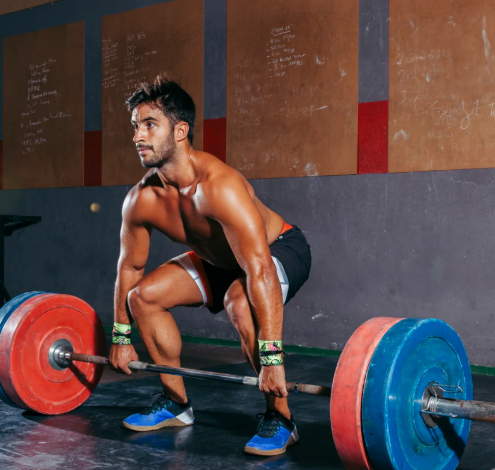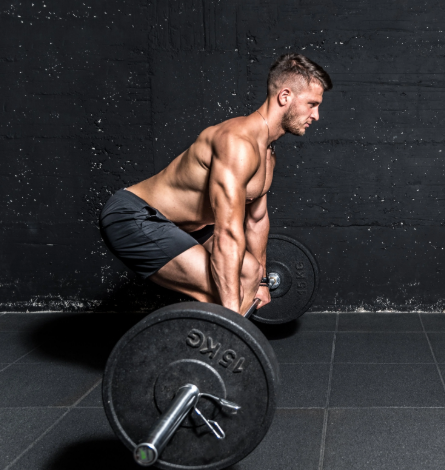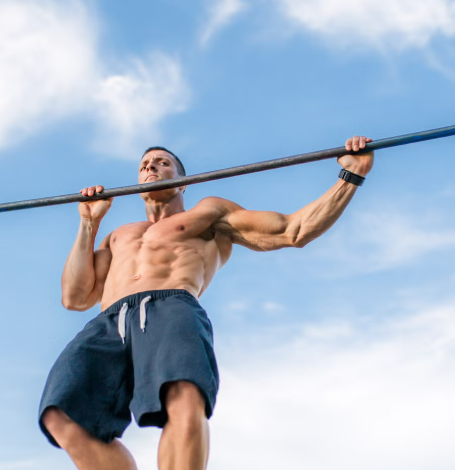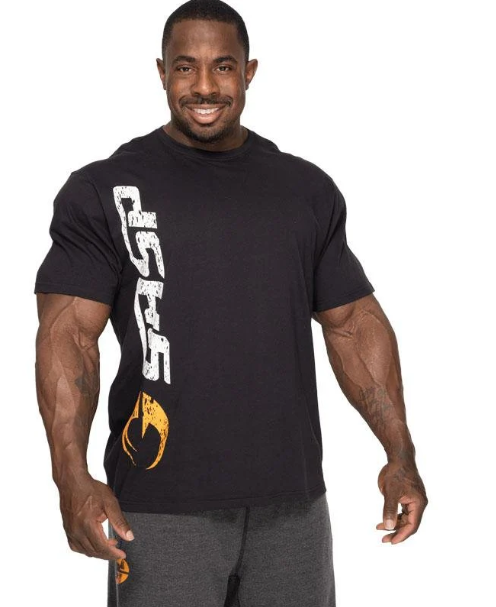
Building a Powerlifting Diet to Maximize Performance
Gone are the days when the focus was solely on eating large amounts of food to fuel athletic performance. Today, powerlifters are leaner, stronger, and more knowledgeable about nutrition. The emphasis has shifted from just consuming calories to prioritizing the quality of food that supports powerlifting and other intense workouts.
If you’re looking to improve your performance in powerlifting, adopting the right diet is key. Proper nutrition can help you push through those tough training sessions and set new personal records. Here are some important dietary guidelines to follow when building a powerlifting diet that supports your body’s needs during training.
Carbs: The Power Source You Need
One of the most common questions from powerlifters is about protein intake, but it’s actually carbohydrates that deserve more of your attention. Many athletes either over-consume or under-consume carbs, both of which can hinder performance.
Carbs are essential for fueling muscle contractions, brain function, and overall strength. If your carb intake is too low, your performance will suffer, particularly during high-intensity lifting sessions. On the other hand, excessive carbs may lead to unwanted weight gain. It’s important to strike a balance.
For optimal results, aim for carbs to make up 50% of your calorie intake on training days. On rest days, reduce this to about 30%. If your training sessions exceed two hours, consider replenishing carbs during your workout with a snack or drink to keep your energy up.
What to Eat on Competition Day
The day of your competition is not the time to follow your regular training diet. Since you won’t be working out for hours at a time, foods that slowly digest, like carbohydrates, aren’t ideal. Instead, opt for quick-digesting snacks that provide an immediate energy boost. Think rice cakes, granola bars, or even protein cookies.
Choosing foods with easily digestible carbohydrates will ensure you’re fueled without feeling sluggish or heavy when it’s time to perform.
Hydration and Sodium: Key Players for Optimal Performance
Even with the best nutrition, you may still feel sluggish during training if your hydration is off. Proper hydration is crucial for anaerobic performance and recovery. Muscles need water, potassium, sodium, and calcium to contract efficiently. Without these, your body’s ability to lift heavy weights will be compromised.
While many people focus on lowering sodium intake, powerlifters may benefit from slightly increasing their sodium consumption, especially when training intensely. This helps maintain electrolyte balance and enhances energy levels and endurance. Drinking enough water and ensuring adequate sodium levels will provide the boost you need to power through your lifts.
Timing Your Meals for Maximum Effectiveness
There’s no one-size-fits-all solution for macronutrient timing when it comes to powerlifting, but what you eat and when you eat it is directly tied to your workout schedule. To keep your energy levels up during training, aim to consume 20-30% of your daily carbs before your workout. After training, replenish your energy by consuming 25-35% of your daily carbs.
Powerlifters should aim for 3-5 meals a day. Some experts suggest three main meals with two snacks throughout the day. Too few meals can lead to energy deficits, while eating too many can make meal planning a hassle. Balance is essential.
Eat Like an Athlete
Ultimately, fueling your body correctly is crucial for strength training and powerlifting. It’s not just about what you eat but also when you eat. Make sure your meals are strategically planned to give your body the nutrition it needs to perform at its best.
Along with your nutrition, don’t forget about the importance of using the right training equipment. Proper form and high-quality gear are just as essential as a well-planned diet. Using subpar equipment can cause you to shift focus away from the muscles you want to train, which could negatively impact your progress.






